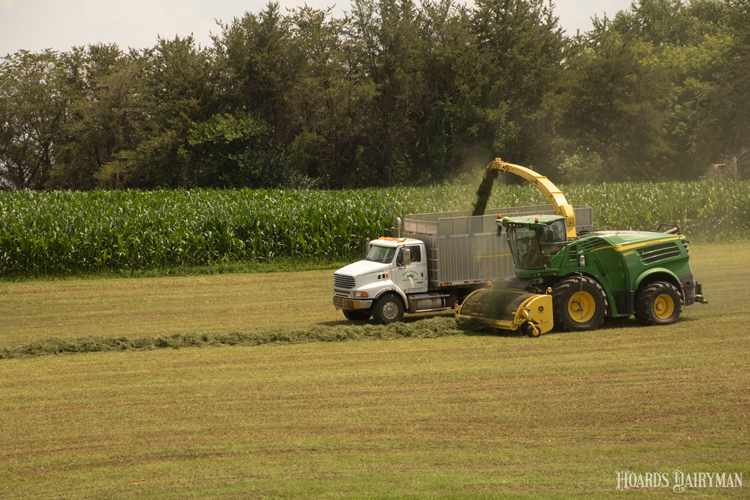
A recent discussion led to one of those questions that always makes me cringe a little: “What’s the number one thing I can do for my forage program in 2024?”
My response: “All the things.”
I could tell by the person’s expression this was not a satisfactory answer. But I held my ground.
There is a tendency to look for that one key thing to be successful, but while that one thing may have a clear path to implementation, it could have minimal impact on addressing the goal. In the worst case scenario, it can have the opposite effect by diverting attention and resources away from actions that would move you toward the goal.
As an educator, I like to think I have found a niche, and I hope the information I bring to a farm contributes to success. However, despite the specific interest I bring to a discussion, I have to remind myself that while there are a number of important factors about forages which can contribute to improvements on a farm, no one thing is likely to make or break a business.
Farming is complex. Mother Nature, biology, and available resources all interact and are often changing in unexpected ways. Occasionally, a single factor or bottleneck is identified that can really move the needle, but more often, numerous factors (many of which overlap) play into reaching a goal.
Spring is a busy time where the reality is we do need to do it all, but I do not say this to overwhelm you. There are many examples where planning and prioritization result in meeting your forage goals without excessive stress. There is a long list of action items that could be considered here and make good topics for conversation with your farm team. Longer term discussions should include tillage practices and the resources they consume, evaluating and improving storage infrastructure, and custom services to delegate workload.
Those areas require more time and planning than we now have for spring 2024, but there are some other key points that could be implemented for this spring.
1. Understand critical corn planting windows
Timely corn planting and proper selection of hybrid relative maturities is important to setting yourself up for corn silage harvest success, but that does not mean corn planting needs to be completed before first cutting. Many universities have state-specific data on optimum corn planting windows and the dates when late planting begins to adversely affect the potential of the corn crop. Getting an early start on planting, provided that soil conditions allow it, is a good goal, but you will likely find that in many areas, the penalty for acres planted after a timely first cutting is not that significant, particularly of grasses.
2. Plan for first cutting with forage goals in mind
Do you have a good handle on your forage needs? Establish this requirement with your nutritionist and farm team to determine total tons needed for lactating cows and the desired quality as well as total tons needed for nonlactating cows.
Forage quality needs differ based on production goals and the role of hay crop in the total diet, but understanding what the targets are can really help prioritize decisions during the heat of harvest season. When managing within the confines of weather and available resources, it is always a good goal to meet the inventory needs for the highest quality feed first. Opportunities to acquire lower quality feed are much easier to manage as opportunities arise later in the season.
3. Strategize current storage resources
How can the current storage space available be most effectively utilized to store forages by quality for the different groups of animals on the farm? Develop contingency plans for how to handle first cutting that cannot be harvested as lactating quality feed so it does not bury or dilute out the feed that can.








